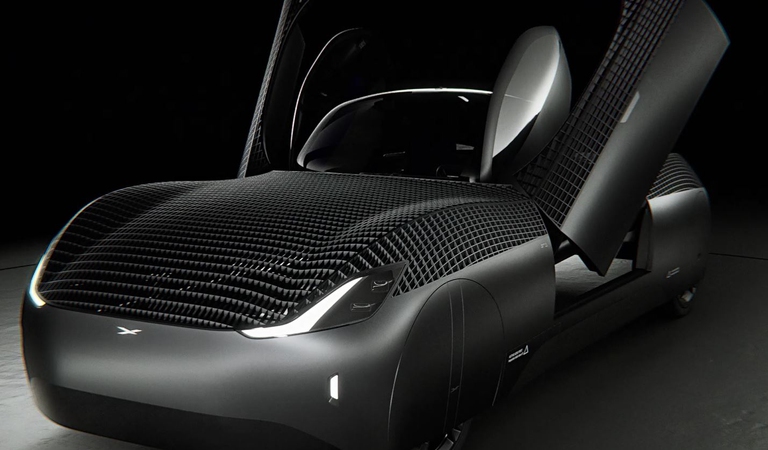https://www.lifegate.it/auto-volante-permesso-di-volo-elettrica
- |
- The US Federal Aviation Administration has approved tests for a vehicle that a Californian startup describes as a flying car.
- It is the first fully electric vehicle that can both fly and travel on the road to receive US government approval.
- The company has already started selling the vehicle for 260 thousand euros and the first delivery is scheduled for the end of 2025, but the times could take longer.
This is not a movie science fiction:soon, some Californians may see a flying car go over their heads.They will be those who live near the headquarters of Alef aeronautics, the American startup that has obtained permits to test its vehicle capable of both flying and running on asphalt.Recently, the Federal Aviation Administration (FAA), which is responsible for issuing permits for driving tests in the United States, approved tests for the flying car known as Model A, making it the first in the world to receive such approval.
The future of the electric flying car
We've been talking about it for a few years now flying cars which may be able to avoid traffic jams, shorten travel times and enable faster travel.The reality is that so far we have mostly seen prototypes and so-called vehicles eVtol (electric vertical take-off and landing), i.e. electric aircraft similar to small vertical take-off and landing helicopters that cannot move on the road.The first challenge engineers face in building a flying car is the ability to have both wheels suitable for roads and propulsion technology capable of lifting the vehicle off the ground.The wheels already exist in the planes, but they are designed for airstrips and not for road driving.Additionally, planes are extremely large and do not retract their wings when on the ground.It is possible to fit the wheels of a car inside the bodywork, however, the very weight of road wheels, combined with the need to have a resistant structure, makes this goal extremely difficult to achieve.
The provision of propulsion can be achieved with jet engines, but their high production cost, fuel consumption and noise make them impractical for use in a flying vehicle that could approach pedestrians.An alternative to this problem would be to use high-speed electric fans and take advantage of vertical take-off, but this would require extraordinary amounts of electrical energy.As for the power issue, an electric vehicle-based flying car would need large internal batteries to provide the energy needed to lift the vehicle off the ground.However, the batteries al lithium (the only technology currently available) are heavy and do not reduce their weight during use.Due to such problems, flying cars are still a mirage, but Alef aeronautics' project brings them closer.

Alef's project
Despite the difficulties, Alef Aeronautics is ready to test Model A and will now be able to do so in the sky after obtaining permission from the FAA. Jim Dukhovny, CEO of the company, said:“The Alef model is a modern solution for urban and rural transport needs, because it is the fastest and most convenient means of transport.By allowing customers to choose between driving and flying modes, the Alef flying car allows you to opt for the optimal route depending on the road, weather and infrastructure conditions“.Dukhovny and co began producing full-scale prototypes starting in 2019;the vehicle that has received approval for testing is a car that at low speed is capable of traveling on the road up to 300 kilometers, at least according to the creators.When used as an air vehicle, the range is reduced to up to 150 kilometers, with vertical take-off and landing.When in flight, the car flips onto its side and the The vehicle's cabin is stabilized via a rotary joint, eliminating the difficulties of angled flight.
The multiple helices of the Model A are completely enclosed within the body, with air flowing through the mesh top surface, contributing to its unique design and functionality.If such a vehicle were to be marketed, it would almost certainly require a pilot's license.The risks for safety are still numerous:the vehicle could easily be blown off course and flown anywhere, and if it were to fall during flight over an urbanized area, the resulting catastrophe could be serious.Whether the flying car will become a new mode of transport soon is still too early to say, but with the first tests underway we can begin to give credence to this novelty too.
